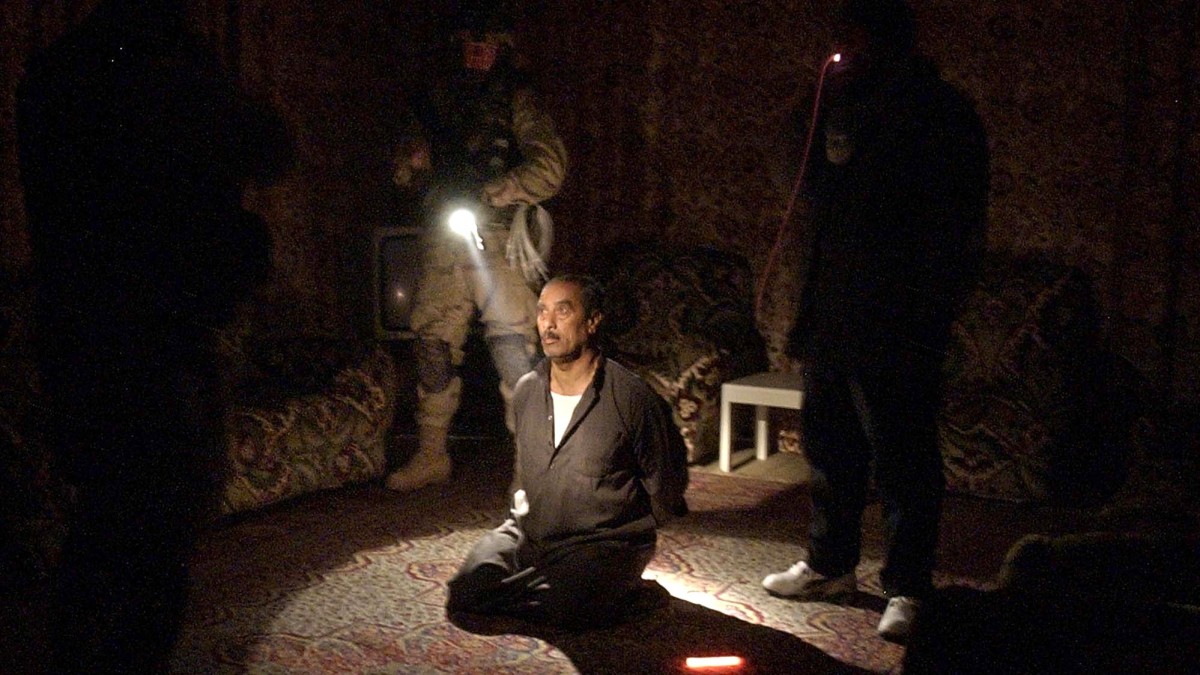Wednesday, August 05, 2015
school segregation - nothing changed...,
By
CNu
at
August 05, 2015
0
comments
![]()
Labels: American Original , FAIL , Great Filters , Living Memory
with like-minded individuals where it's not a mixing-pot...,
By
CNu
at
August 05, 2015
0
comments
![]()
Labels: American Original , FAIL , Livestock Management , niggerization
Tuesday, August 04, 2015
why can we see any stars at all?
By
CNu
at
August 04, 2015
0
comments
![]()
Labels: Great Filters
energy - the repressed...,
By
CNu
at
August 04, 2015
0
comments
![]()
Monday, August 03, 2015
under its GWOT the U.S. has killed ~4 million muslims...,
By
CNu
at
August 03, 2015
0
comments
![]()
Labels: unspeakable
120 degrees and no relief, looting and mismanagement cripple the power grid in Iraq
By
CNu
at
August 03, 2015
0
comments
![]()
Labels: Collapse Casualties , Collapse Crime , helplessness , scarcity
how's that climate change working out for alaska...
 |
| 2015/07/30 at 12:56:17 PM |
[follow the link to see the up-to-date map]
By
Dale Asberry
at
August 03, 2015
0
comments
![]()
Labels: doesn't end well , ecosystems
don't blame babies for energy consumption and climate change...,
By
CNu
at
August 03, 2015
0
comments
![]()
Labels: Irreplaceable Natural Material Resources , Livestock Management , What Now?
Sunday, August 02, 2015
partial ectogenesis exists..., let the pearl-clutching and vapor-catching begin
By
CNu
at
August 02, 2015
0
comments
![]()
Labels: scientific morality , tactical evolution , the medical-industrial complex
meticulously planned parenthood WILL NOT be taken slowly because tards are scared of it...,
By
CNu
at
August 02, 2015
0
comments
![]()
Labels: scientific morality , tactical evolution , What Now?
the idiotic celebration of unplanned parenthood...,
By
CNu
at
August 02, 2015
0
comments
![]()
Labels: Bibtardism , unintended consequences
Saturday, August 01, 2015
egodeath has value, but mapping the contours of the subconscious would be priceless...,
By
CNu
at
August 01, 2015
0
comments
![]()
Labels: alkahest , entheogenesis , Possibilities , scientific mystery
dea and the moronic corrupt conservatard overseers running it are no longer sacrosanct...,
By
CNu
at
August 01, 2015
0
comments
![]()
Labels: as above-so below , change , make-work , narcoterror , Obamamandian Imperative
state spent $2.4 million jailing residents of just one chicago block...,
By
CNu
at
August 01, 2015
0
comments
![]()
Labels: Clintonian Imperative , niggerization , political economy , Rule of Law
Friday, July 31, 2015
change the law: supremes made every citizen interaction with overseers a life or death gamble
By
CNu
at
July 31, 2015
0
comments
![]()
Labels: Rule of Law
overseer self-reporting of brutality an invitation to lying and sanitizing...,
By
CNu
at
July 31, 2015
0
comments
![]()
Labels: Rule of Law
would you recognize this tatted, wifebeater-wearing pan-troglodyte as an overseer?
By
CNu
at
July 31, 2015
0
comments
![]()
Labels: Rule of Law
Thursday, July 30, 2015
terrified to hear the truth, deuterostems ought not ask scary questions...,
By
CNu
at
July 30, 2015
0
comments
![]()
Labels: Genetic Omni Determinism GOD , Noo/Nano/Geno/Thermo , scientific morality
omic advantages come in discrete packages...,
By
CNu
at
July 30, 2015
0
comments
![]()
dna is the construction material of the future
By
CNu
at
July 30, 2015
0
comments
![]()
Labels: Genetic Omni Determinism GOD , Noo/Nano/Geno/Thermo , What Now?
Fuck Robert Kagan And Would He Please Now Just Go Quietly Burn In Hell?
politico | The Washington Post on Friday announced it will no longer endorse presidential candidates, breaking decades of tradition in a...

-
theatlantic | The Ku Klux Klan, Ronald Reagan, and, for most of its history, the NRA all worked to control guns. The Founding Fathers...
-
Video - John Marco Allegro in an interview with Van Kooten & De Bie. TSMATC | Describing the growth of the mushroom ( boletos), P...
-
dailybeast | Of all the problems in America today, none is both as obvious and as overlooked as the colossal human catastrophe that is our...

